Krishan Kumar
Classification of COVID-19 on chest X-Ray images using Deep Learning model with Histogram Equalization and Lungs Segmentation
Dec 05, 2021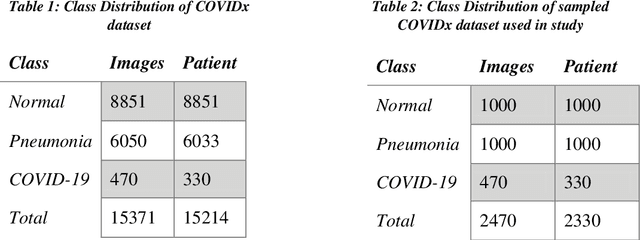
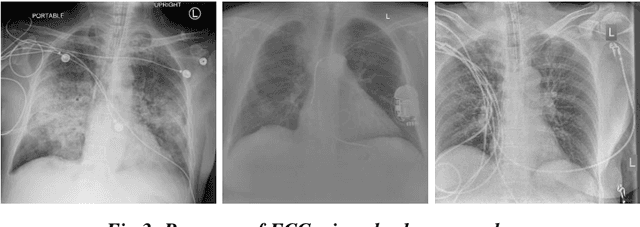
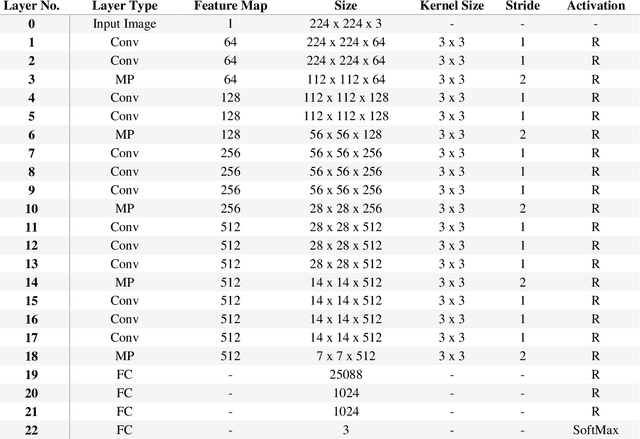
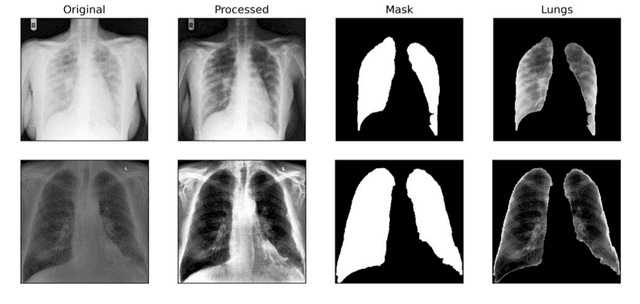
Abstract:Background and Objective: Artificial intelligence (AI) methods coupled with biomedical analysis has a critical role during pandemics as it helps to release the overwhelming pressure from healthcare systems and physicians. As the ongoing COVID-19 crisis worsens in countries having dense populations and inadequate testing kits like Brazil and India, radiological imaging can act as an important diagnostic tool to accurately classify covid-19 patients and prescribe the necessary treatment in due time. With this motivation, we present our study based on deep learning architecture for detecting covid-19 infected lungs using chest X-rays. Dataset: We collected a total of 2470 images for three different class labels, namely, healthy lungs, ordinary pneumonia, and covid-19 infected pneumonia, out of which 470 X-ray images belong to the covid-19 category. Methods: We first pre-process all the images using histogram equalization techniques and segment them using U-net architecture. VGG-16 network is then used for feature extraction from the pre-processed images which is further sampled by SMOTE oversampling technique to achieve a balanced dataset. Finally, the class-balanced features are classified using a support vector machine (SVM) classifier with 10-fold cross-validation and the accuracy is evaluated. Result and Conclusion: Our novel approach combining well-known pre-processing techniques, feature extraction methods, and dataset balancing method, lead us to an outstanding rate of recognition of 98% for COVID-19 images over a dataset of 2470 X-ray images. Our model is therefore fit to be utilized in healthcare facilities for screening purposes.
Music Generation using Three-layered LSTM
Jun 09, 2021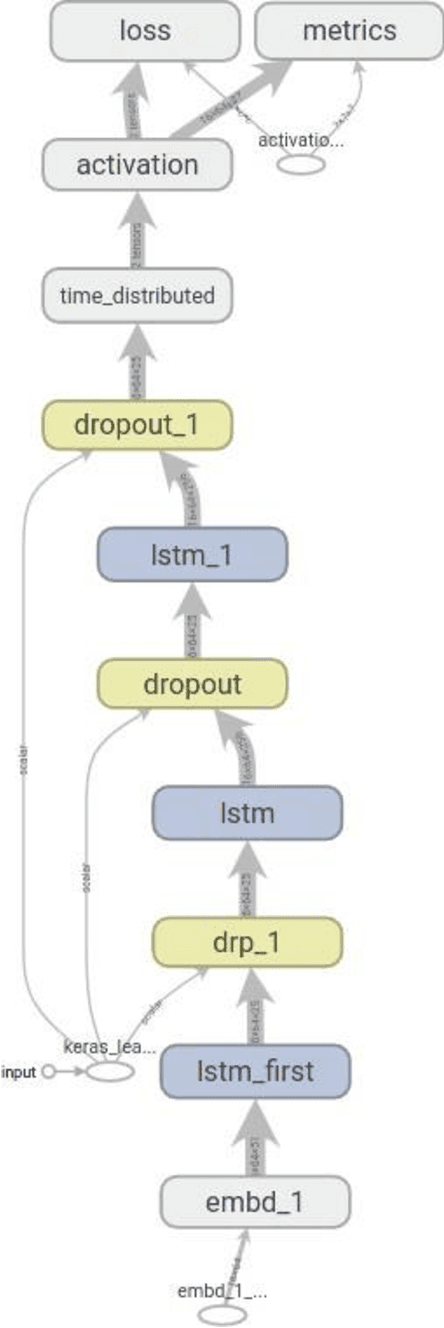

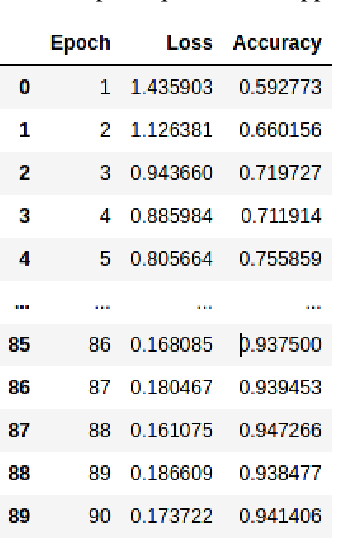

Abstract:This paper explores the idea of utilising Long Short-Term Memory neural networks (LSTMNN) for the generation of musical sequences in ABC notation. The proposed approach takes ABC notations from the Nottingham dataset and encodes it to be fed as input for the neural networks. The primary objective is to input the neural networks with an arbitrary note, let the network process and augment a sequence based on the note until a good piece of music is produced. Multiple calibrations have been done to amend the parameters of the network for optimal generation. The output is assessed on the basis of rhythm, harmony, and grammar accuracy.
 Add to Chrome
Add to Chrome Add to Firefox
Add to Firefox Add to Edge
Add to Edge